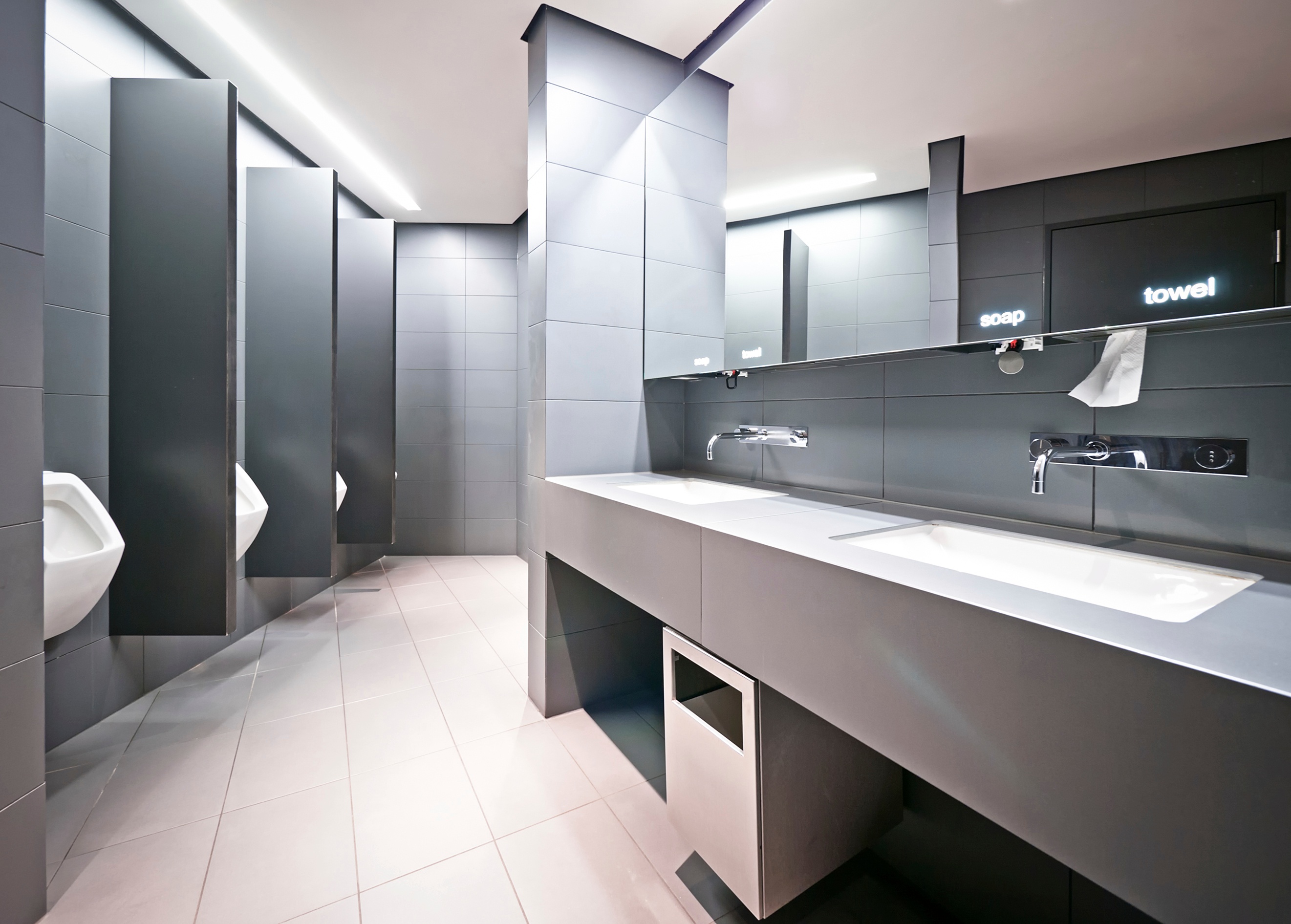Restroom odors have three sources:
- Temporary
- Chronic
- Hidden
Let’s be honest, the easiest one to identify is the temporary odor source. That guy from accounting who eats fast food for breakfast and uses the restroom every day at 7:45 AM; yes, that source. It’s HORRIBLE. But don’t worry, there is a solution. A programmable aerosol dispenser, an “active” system, that delivers an odor fighting spray at specified intervals will help. An alternative to the programmable aerosol dispenser is a “passive” system. This system will distribute continuous fragrance into the air, relying on air movement to determine intensity of release. Some of the odors we encounter in the restroom will be of the temporary type.
Persistent or chronic odors will require a different type of approach for restroom odor control. Active and passive deodorizing systems will introduce fragrances into the restroom environment, but they will not overpower the persistent odor source. Chronic restroom odors result from poor or incomplete cleaning processes and/or incorrect cleaning product choices. Here are a few of the most common areas where you should look (or smell) for the sources of chronic bathroom odors:
- Grout in ceramic tile floors
- Walls around commodes and urinals
- Non-visible flush ring inside a toilet bowl
- Non-visible areas inside urinals
- Trap area of urinals
- Floor drains
- Waste receptacles
How does one combat these persistent odors? CLEAN! Cleaning is more than a towel and chemicals…a mop and bucket…or a bowl swab and a squirt. We are often so busy “getting done,” we are not getting it done RIGHT! Using mop water and a mop that has not been cleaned after it’s last three days of use is not solving the problem. A simple “spray and wipe” is not solving the problem either, a “spray and scrub” might not even work on some relentless odors.
First of all, you must have an effective and consistent process for restroom cleaning. An easy way to tailor your process is to begin with a simple phrase: “high to low…dry to wet.” Utilize all available resources to develop your process. Invest in staff training to properly follow those processes and reinforce the standards of cleanliness to your staff repeatedly. We are talking about serious consistent, effective, and continual training.
By focusing heavily to those items listed above we can elevate not only the level of clean but also eliminate those chronic nasty odors. Choose cleaning tools and chemicals based on their effectiveness not on their price.
Those sneaky hidden sources of odors are a bit more problematic to treat. Trust your senses of sight and smell. Look for any problems with the integrity of bathroom fixtures, e.g., cracks in urinals, commodes, or sinks. Make sure plumbing fixtures are functioning properly, e.g., flush valves, faucets, drain pipes, etc. Keep an eye out for evidence of moisture build up problems behind the walls or underneath the commodes. If you smell something there is a source for that odor reaching your nose, do not assume all smells are temporary. Be a detective. Like Sherlock Holmes, pull out your magnifying glass and get to searching!
Almost everyone will visit a restroom daily; whether the facility is a coffee shop, college campus, or an office building. It is critical that we have pristine and odor-free restrooms. Restroom odor control is an easy way to make a great impression.
Editor's Note: This post was originally published in 2017 and has been completely revamped and updated for accuracy and comprehensiveness.




Enjoy this blog? Leave a comment or ask a question!